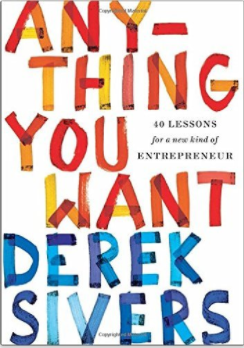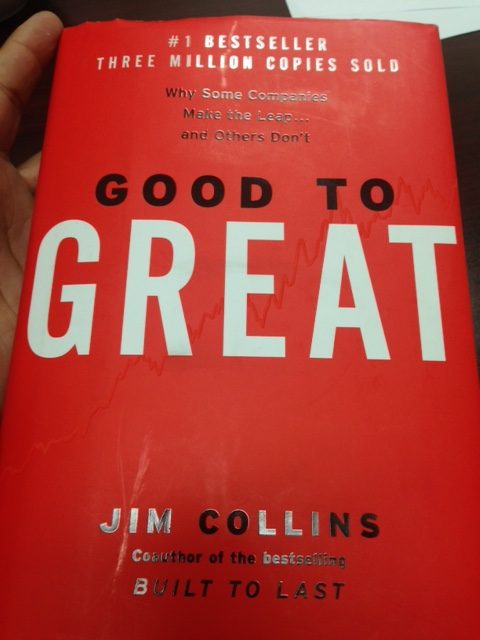Anything You Want by Derek Sivers
The Big Idea: the purpose of life (and business) is happiness, not money. Business is not about money. It’s about making dreams come true for others and yourself. Making a company is a great way to improve the world while improving yourself. When you make a company, you make a utopia. It’s where you design…

